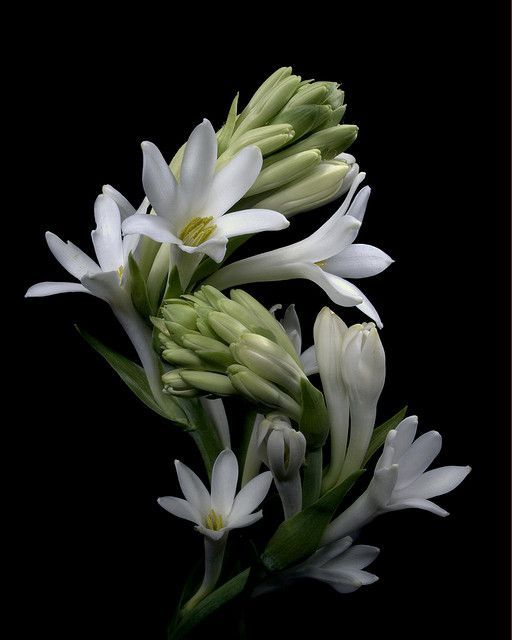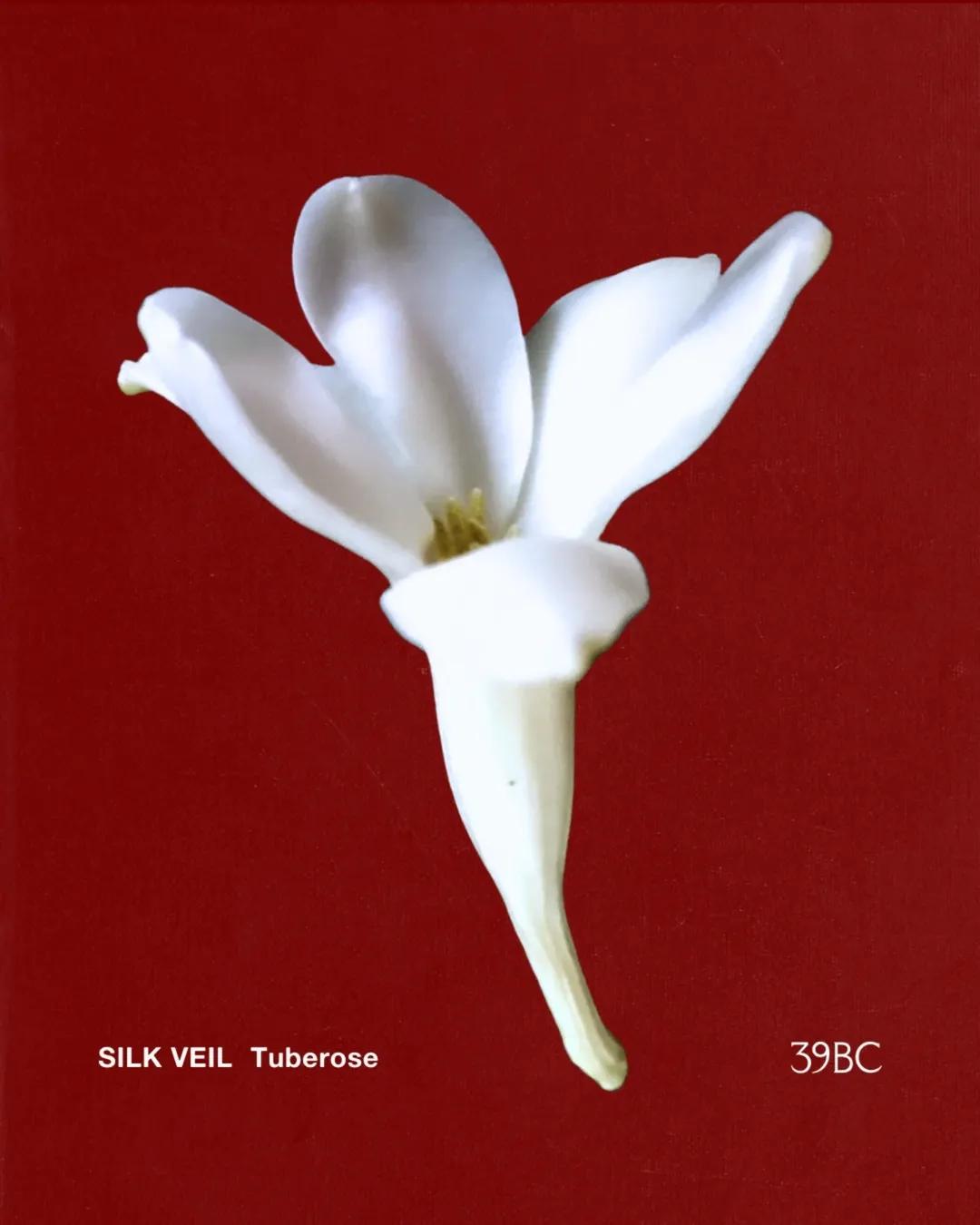Despite being one of the perfume world’s most distinctive scents, Tuberose remains misunderstood.
Take the name. Many assume kinship with the classic rose, but “tuberose” refers not to petals but to roots – tuberous ones. Native to Mexico, the Aztecs named the plant omixochitl, the "bone flower", believed powerful enough to wake the dead. It was a scent that could stir buried lovers from their sleep.
The Spanish conquistadors brought tuberose back to Europe like stolen secrets. French gardens soon bloomed with these Mexican night-flowers, and French mothers soon discovered a problem: their daughters, walking garden paths at dusk, would return home... changed. Eyes wider. Pulse quicker. The church banned evening strolls where tuberose grew.

Some temptations, they decided, were too dangerous for unmarried girls.
But some embraced what others feared. Wedding garlands in India weigh heavy with tuberose, the scent of sanctified pleasure woven into ceremony. Hawaiian leis perfumed with kupaloke, worn as promises that skin remembers long after words fade.
This is no accident of nature. Tuberose intensifies after dark — biological seduction designed to lure creatures that hunt by scent. It knows exactly what it's doing, this flower. Animalic. Bold. Carnal in its intentions.

We honour tuberose not as decoration, but as accomplice. In SILK VEIL, it doesn't simply add fragrance — it creates atmosphere. The kind that clings to sheets, to skin, to memory.
The kind that lingers long after you've left the room.



